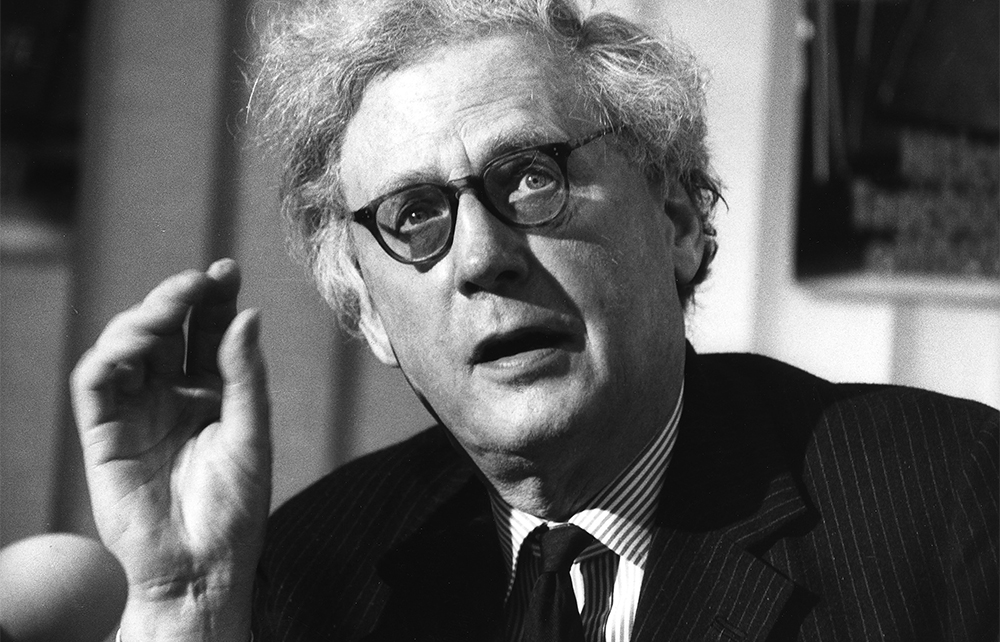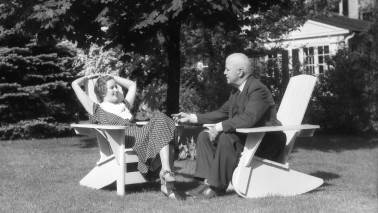‘The House’ in the title of Richard Davenport-Hines’s engaging new book is Christ Church, by any reckoning the grandest of Oxford’s colleges. The place has always been, he notes, akin ‘to an autonomous duchy within a larger federated kingdom’, and thus ‘a separate realm of memory’. Notoriously, its teachers and researchers are referred to not (in the usual Oxford way) as Fellows but as Students. That fact may be thought as good an illustration of its eccentricity as of its charm.
This book isn’t a history of the House, as such, but a more concentrated series of biographical essays about ‘a select and self-regulated group of men who taught modern history’ there in the 19th and 20th centuries. The first part of the book efficiently summarises the mid-Victorian origins of the school of modern history and the self-conceptions of those who first taught the subject to undergraduates. The second consists of eight self-contained portraits of Christ Church historians. Some, such as Hugh Trevor-Roper, are about as well known as any modern historian could be. Others – Roy Harrod – are better known as economists or – Patrick Gordon Walker – as politicians.
There once used to be more books like this one, bearing such titles as Seven Great Balliol Men or Lives of the Great House-masters. In our democratic age, less deferential to the vaunted greatness of Oxford men, it is faintly surprising that such a book found a trade publisher at all. It is a niche product indeed, but Davenport-Hines, serenely unconcerned to demonstrate what publishers call the ‘contemporary relevance’ of his subject, has produced an exemplary work in the genre.
He does not write as an old boy; his degrees were from Cambridge. Nor is his book any sort of memoir:
The closed society of a college enables me to show the interplay of a smallish cast of characters, who… meet in the same common rooms, talk at the same tables, walk in the same quadrangles.







Comments
Join the debate for just £1 a month
Be part of the conversation with other Spectator readers by getting your first three months for £3.
UNLOCK ACCESS Just £1 a monthAlready a subscriber? Log in